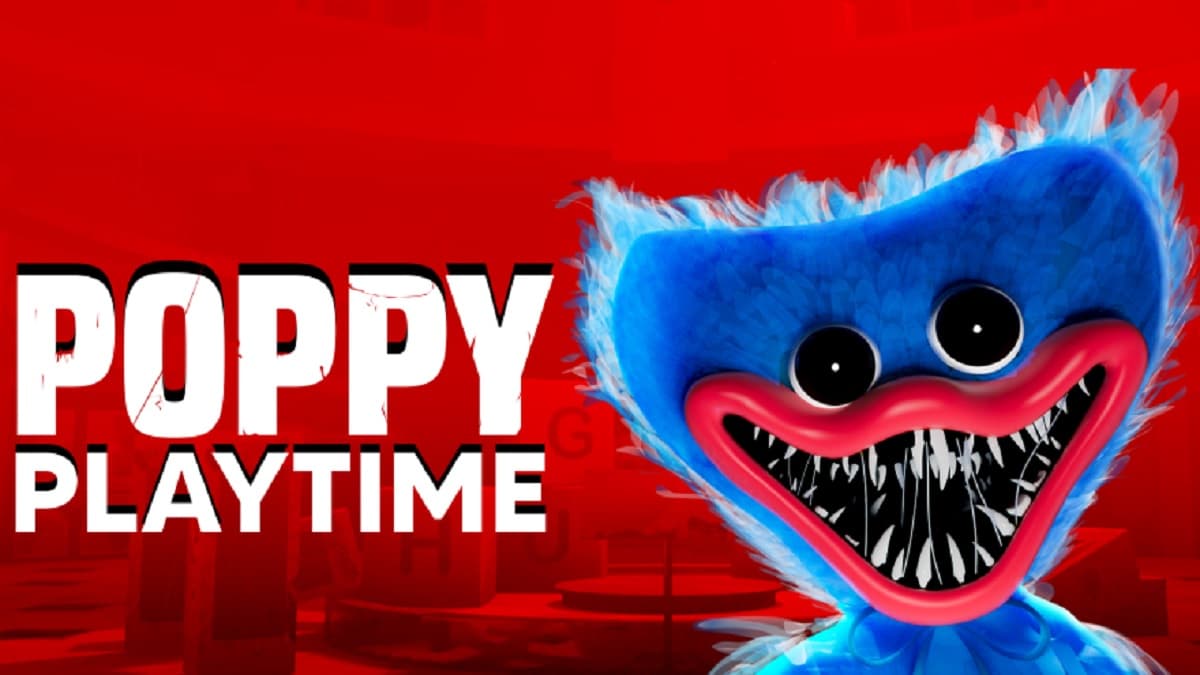Image sourced from www.simcity.com
If you’ve followed EA’s many troubles over the past two years, you’ve invariably heard about Sim City and the debacles it has experienced since launch. If you haven’t kept up on the game after the semi-disasterous launch on March 15, 2013, reading through the Sim City Facebook page will illustrate what fans have disliked about the game from the start. Near-constant comments indicating that fans wanted offline mode sit next to near-constant comments about how the maps are too small (another major issue.) It’s like an old Nintendo game that’s frozen up…except no one has taken a moment to “blow the dust off” of the situation.
Ch-Ch-Ch-Changes
Fans very rarely take kindly to major changes in their favorite franchises. Other games have demonstrated clearly in the past that changing the very nature of a series can have devastating consequences. There is a very fine balance between adding in enough changes to keep things interesting, and bastardizing the game to a point where it is unfamiliar and cold to those who love it.
The Biggest Complaint
Easily the biggest complaint from long-standing fans of the Sim City series, the game requires all users to connect to EA’s servers over the internet to play–this is true whether you plan to play alone or with other players. So far, there is no offline Sim City mode available to the public. While this may not seem like such a big deal to the average gamer, it presents several inherent problems for most.
Sim City has always been an offline franchise; not only was the game originally designed for offline Sim City play, it has always been a largely one-player experience. Part of the charm and fun of the original series was that it was easy to get lost in the simulation process without any need to socialize. As a bit of an introvert, I can say that the escape from reality was rather soothing.
Socializing, however, was not the main issue fans had with the forced online connection. At first, EA claimed that the online connection was required. In fact, Maxis’ head Lucy Bradshaw is quoted as saying:
“With the way that the game works, we offload a significant amount of the calculations to our servers so that the computations are off the local PCs and are moved into the cloud. It wouldn’t be possible to make the game offline without a significant amount of engineering work by our team.”
In an article by Rock Paper Shotgun, a Maxis insider reported that the online feature was unnecessary at best; at its worst, it was a blatant attempt to control pirating of the game by requiring verification on each run. Within the same article by Rock Paper Shotgun, the developer stated:
“The servers are not handling any of the computation done to simulate the city you are playing. They are still acting as servers, doing some amount of computation to route messages of various types between both players and cities. As well, they’re doing cloud storage of save games, interfacing with Origin, and all of that. But for the game itself? No, they’re not doing anything. I have no idea why they’re claiming otherwise. It’s possible that Bradshaw misunderstood or was misinformed, but otherwise I’m clueless.”
While many fans were angry at the lack of an offline option, this comment raised that ire even further within the gaming community. Tempers were riled; jimmies became rustled. The pew pew pew of angry comments pinging back and forth on the Sim City Facebook page echoed far into the night. After the already disastrous launch, many people who had spent money on the game felt burned by EA. Considering the game’s high American price tag of nearly $80, fans felt that online access should have been an option and not a requirement. (Much to EA’s chagrin, the game was eventually semi-pirated despite this attempt to control game theft.)
This was when things went from bad to worse. EA responded…sort of. Posts began popping up strangely claiming the game was perfect and wonderful and exciting. A screenshot of a post positively reviewing the game surfaced; the written review showed as written by a “SimCity UK” Facebook page. Fans assumed that the SimCity UK page was a legitimate SimCity page – and called the company out for fake reviews. This post was later proven as posted by a fan page and not an official page, but plenty of damage had occurred. In true conspiracy fashion, fans thought that every positive post was from EA hiding behind fake accounts.
In a measure that appeared to many like tossing fuel on the fire, EA began totally ignoring fans who posted negative comments on their Facebook page. While this is a common and smart tactic in some cases, they were equally quick to respond to positive comments. While the intention may not have been to make it seem that they were ignoring fan complaints, it did seem that way. Pair this with EA’s original policy to refuse refunds of any kind for digital copies of the game, and incredibly long customer queues for support, and you start to see why things escalated so quickly.
The Light at the End of the Tunnel? Or Just a Panacea…
Image sourced from www.facebook.com/SimCity
On January 14, 2014, General Manager of the Maxis Emeryville studio Patrick Buechner announced that offline mode was finally coming to gamers. In his announcement, Buechner recognized that it had been a long time coming. He made clear that the offline mode would be released with Sim City Update 10, and that it would officially be called “Single Player Mode.”
What exactly this would look like and how they would go about reprogramming the game is outlined in a different post by Simon Fox. Fox suggested that major changes would be required to make it happen; this was a stark change from the original claim that it was “impossible.” Fox said that the biggest changes would be “removing lots of code integral to Multiplayer include code and UI supporting Trading, Social Features, Global Market, Leaderboards and Achievements. And, all without crippling the Multiplayer game.”
Maybe it is the fact that EA is struggling. Or maybe it’s the fact that this statement wasn’t released for nearly a year after the original release date of the game. Whatever the reason, it was immediately clear that some fans simply wouldn’t be returning to the game. For many, the best predictor of future behavior is past behavior (Thanks, Dr. Phil!), and the risk was simply to great to spend time waiting for a potential turnaround. True to EA style, requests for bigger maps were often dismissed.
To many, it felt like offering the single player mode was like offering a kleenex to clean up an ocean; if it had been the only issue with the game, it probably would have been just fine. When it first launched, sims routed through the game incorrectly and/or disappeared, and broken cities were all too common. Many players spent hours or even days building cities only to come back to find their little works of art gone and unrecoverable. Lackadaisial responses were given for why the cities could not be recovered.
Unfortunately, it was EA’s own inattention to their fans that brought them to where they are today, and it may very well be their inattention to their fans that makes this attempt at a panacea ineffective. Other game companies have very adeptly integrated fans with development, resulting in wide fan bases and fierce loyalty.
The face of gaming is changing. More often than ever before, fans are demanding to be an active part of creation, development, and even management. The old adage “content is key” is true not only of the written word online; it is also true for video games. Creating content is great, but only if you create content that your fans enjoy and find useful. The fact that EA had to disable features to allow for a successful launch is telling. It points to a lack of planning on their behalf, and a lack of clear understanding for what it is that gamers want from a game like Sim City.

Image sourced from Rock Paper Shotgun. Can EA “put out the fire” and move on?
There is a bright opportunity in such a disaster, even for a company that has fallen as far as EA has in the last two years. They have a glaring opportunity to freshen their marketing style and company approach to the gaming industry. It isn’t possible to predict whether offline mode is truly a “patch” to cover bigger problems. With a tentative launch date not yet predicted, many find that it feels more talk than action. All eyes are on EA at the moment, waiting to see if the company drops the ball or runs with it; here’s hoping it’s the latter.







Published: Feb 3, 2014 09:40 am